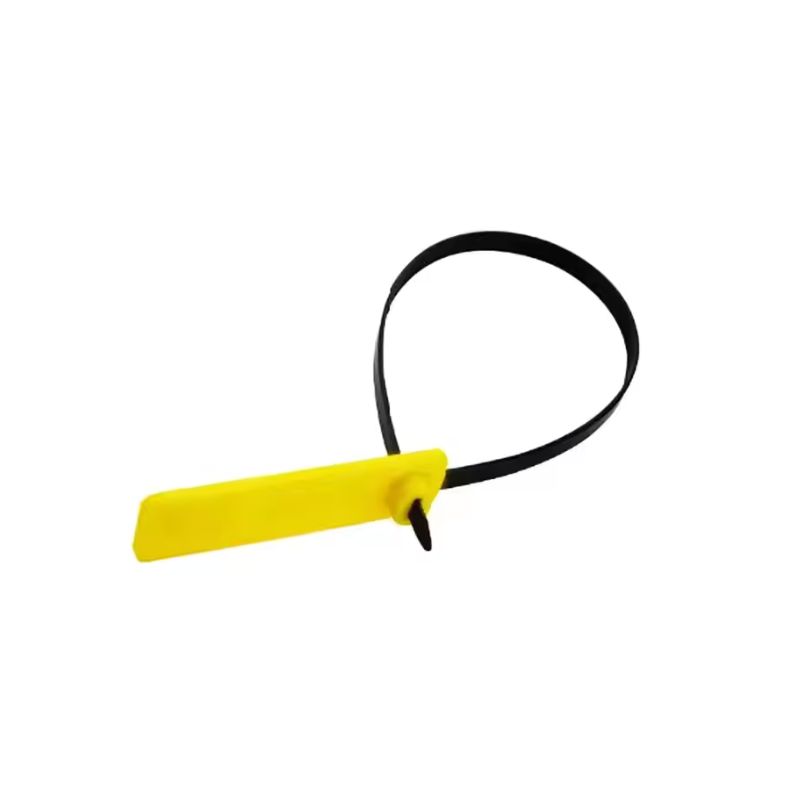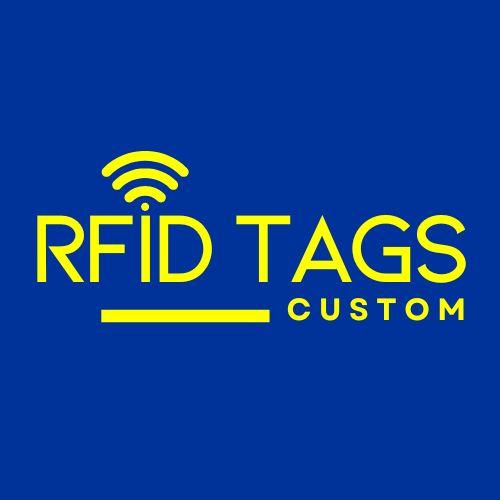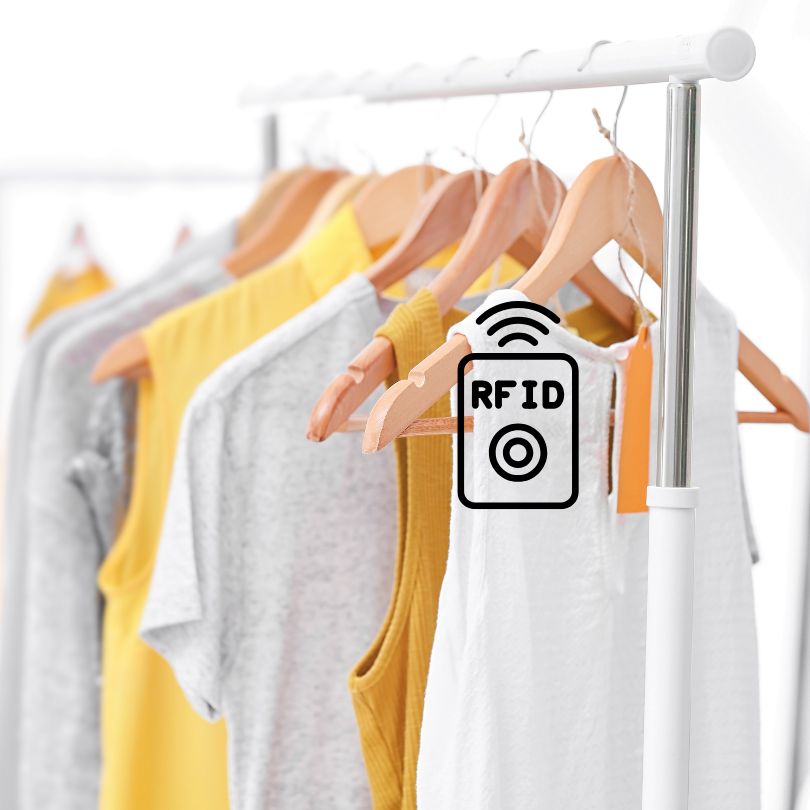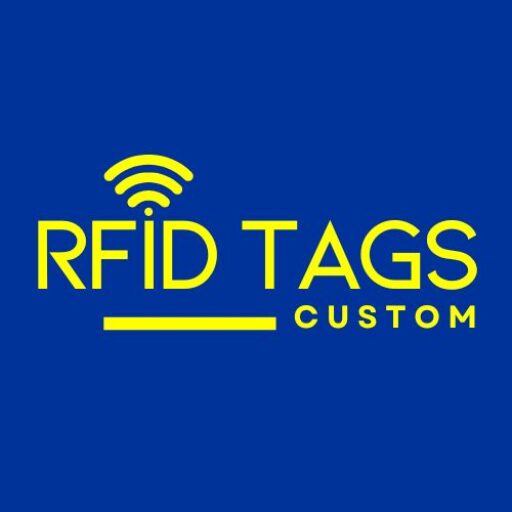
संबंधित ब्लॉग

How is RFID Technology Used in Logistics
In today’s dynamic market, supply chain operations, and logistics management are evolving rapidly.

What Does Walmart Label Stickers Used For
Walmart’s recent RFID tagging mandate has transformed inventory management, warehouse operations, and real-time tracking in the retail world.

स्वास्थ्य सेवा में RFID प्रौद्योगिकी के क्या लाभ हैं?
रेडियो फ्रीक्वेंसी आइडेंटिफिकेशन (आरएफआईडी) प्रौद्योगिकी स्वास्थ्य सेवा परिदृश्य को बदल रही है, तथा रोगी सुरक्षा बढ़ाने और परिचालन को सुव्यवस्थित करने के लिए नवीन आरएफआईडी समाधान प्रदान कर रही है।







